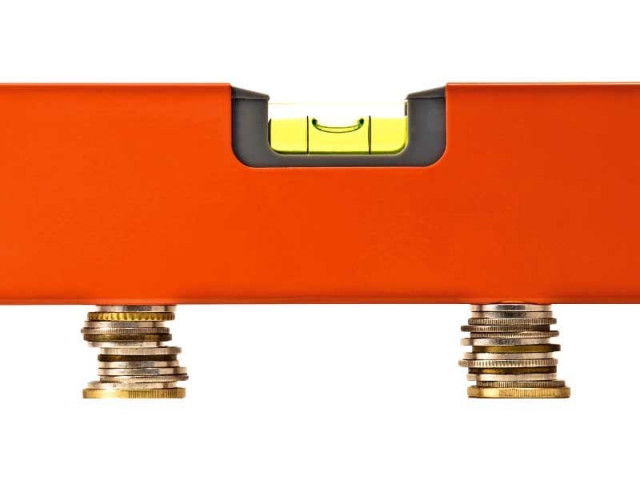Post-budget: interest rates are likely to go down further
Banks likely to see their margins squeezed even more than they already are.

The discount rate is currently 9.5% and the average inflation over the past 11 months has been just above 7.5%, meaning that real interest rates are positive by around 200 basis points. CREATIVE COMMONS
If the banks have been feeling like the State Bank of Pakistan has been squeezing their profit margins, they are likely to feel the noose tightening just a bit further over the next few months: all signals emanating from the Big Man on McLeod Road suggest that interest rates are about to go down even further, a fact that is not likely to be good for the bank’s profit margins, but may end up being better for their cash flows.
In virtually every public document released by the State Bank, the central bank is making a strong and convincing case for interest rate cuts. The discount rate is currently 9.5% and the average inflation over the past 11 months has been just above 7.5%, meaning that real interest rates are positive by around 200 basis points. That leaves the SBP with plenty of room to cut interest rates and still leave them above inflation levels.
After relentlessly decreasing interest rates for the past two years, any such move is likely to leave the banks howling. According to one source in the banking industry, who declined to be identified, if interest rates go down to 8% or below, “there may be a few bank managers jumping out of the windows on Karachi’s McLeod Road.”
Yet that appears to be the direction in which rates are headed. The Nawaz administration is likely to welcome such a move, since it has the dual effect of lowering the government’s own borrowing costs (and therefore the budget deficit) as well as reducing the borrowing costs for manufacturing businesses, which form a core of the ruling Pakistan Muslim League Nawaz’s political constituency.

The banks are also unhappy with the government’s proposal to finance the circular debt by issuing Rs500 billion worth of treasury bonds. Indeed, when the proposal was announced by the then-incoming Nawaz administration, the banks threatened to revolt, with some executives contacting the central bank saying they would not want to finance circular debt in this manner.
Yet that revolt seems a bit short-sighted. Circular debt is on the banks’ balance sheet anyway. And as things currently stand, energy companies are making very few cash payments on either the interest or the principal, and letting the debt mostly keep on accumulating. If that private energy company debt is replaced by government debt, it will certainly yield a lower interest rate, but it will also make regular interest and principal payments, improving the cash flows at banks and reducing their dependence on the State Bank’s open market operations.
Ultimately, however, the banks can pretend whatever they like but they really have no choice. Government debt now accounts for nearly 60% of the total outstanding stock of banking sector assets, making the government effectively a monopsony buyer of financing. The government gets to set its own rates. And there is little the banks can do about it.
The only way out for the banks is for them to take a leap of faith and start lending more to the private sector. That would force the government to look for other avenues of borrowing, and reduce the government’s market power in setting prices. Yet that appears to be a risk that the banking sector has hitherto been unwilling to take.
Published in The Express Tribune, June 17th, 2013.
Like Business on Facebook to stay informed and join in the conversation.


















COMMENTS
Comments are moderated and generally will be posted if they are on-topic and not abusive.
For more information, please see our Comments FAQ